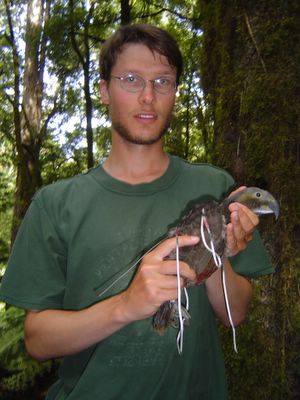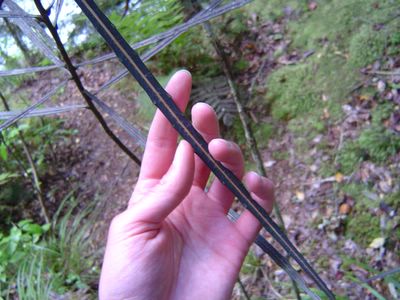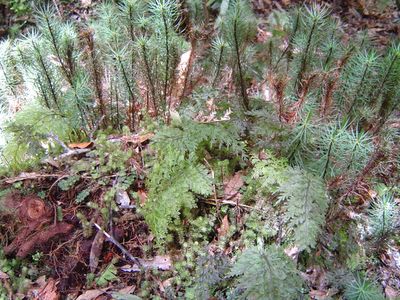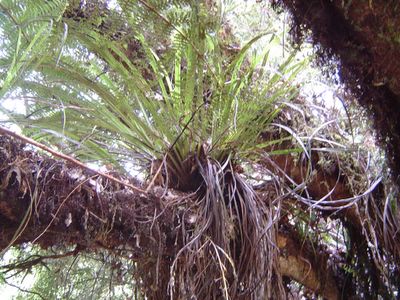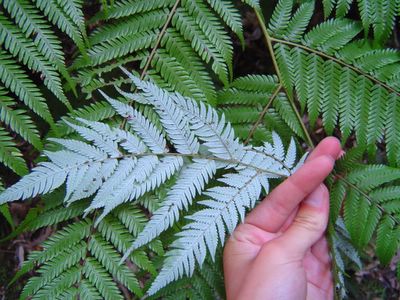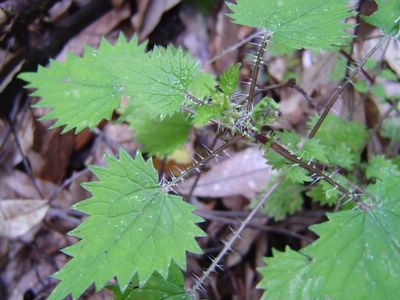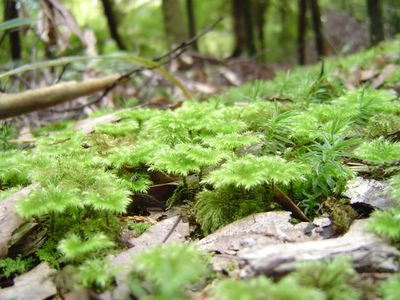I saw a pair of captive Kiwi today. They are a unique bird. They look kind of like a bowling ball wearing a fur coat, with two big feet and a pair of chopsticks glued on for a beak. They highstep around and touch everything with their beak. They are nocturnal and have an excellent sense of smell, so they navigate by touch and smell, searching for bugs in the dirt. It looks a little like a blind person, tapping around with his stick. They also like to use their chopstick/beak to fluff up their feathers. I watched them for a good half hour. Since they are nocturnal, no photos are allowed, but the link above has pictures.
Kiwis also have no functional tail or wings, and their feathers look more like hair than normal feathers. Unlike other birds, but like mammals, they have marrow, external ears, a sensitive nose, and a relatively low body temperature. They also burrow instead of building a nest. They have a giant egg, which is 20% as large as the female, compared to 5% at birth in humans. Since they can't fly, predators have been killing them and in 200 years the population has dropped from 12,000,000 to 50,000, a 99.5% drop. They grow to be over 6 pounds, which is a big, tough bird, but apparently 95% of wild birds live less than six months, which is far too young to reproduce. Since this is their bald eagle, they are making big efforts to help the population, but their are still too many predators, especially weasels, dogs, and cats.
